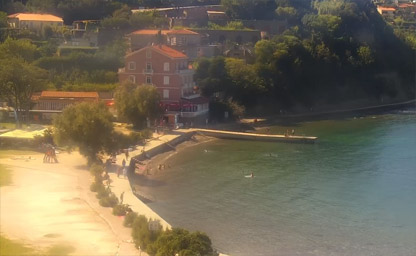
Fiesa Bay
Between the Adriatic Sea and the only lake in Slovenia

Between the Adriatic Sea and the only lake in Slovenia
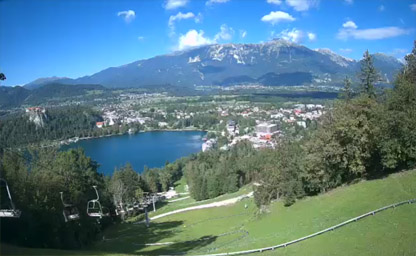
Incredible view of the city of Bled, lake Bled, castle and surrounding mountains
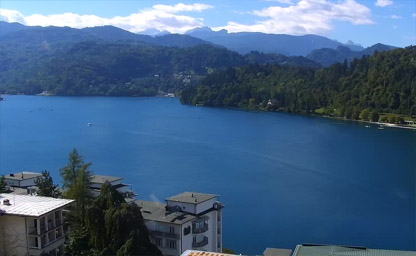
The Upper Carniolan region of northwestern Slovenia
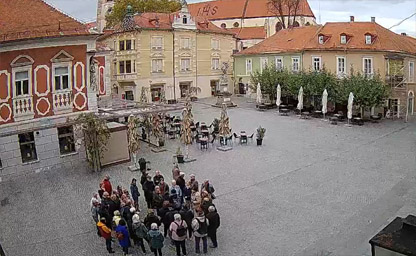
The oldest recorded city in Slovenia
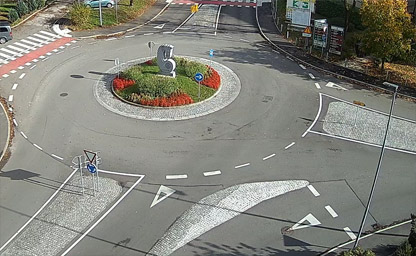
It is part of the Central Slovenia Statistical Region
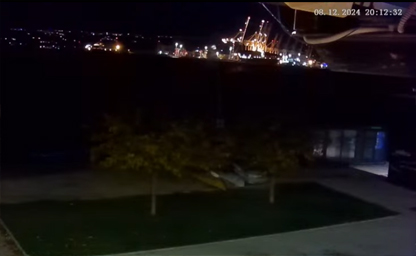
Along this area you will find Plaža Žusterna, Aquapark Žusterna and Olimpijski bazen Žusterna
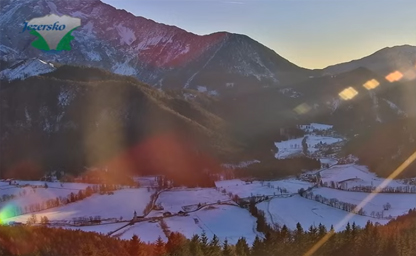
Between the Kamnik–Savinja Alps in the south and the Karawanks chain in the north

Between the Adriatic Sea and the only lake in Slovenia

Incredible view of the city of Bled, lake Bled, castle and surrounding mountains

The Upper Carniolan region of northwestern Slovenia

The oldest recorded city in Slovenia

It is part of the Central Slovenia Statistical Region

Along this area you will find Plaža Žusterna, Aquapark Žusterna and Olimpijski bazen Žusterna

Between the Kamnik–Savinja Alps in the south and the Karawanks chain in the north
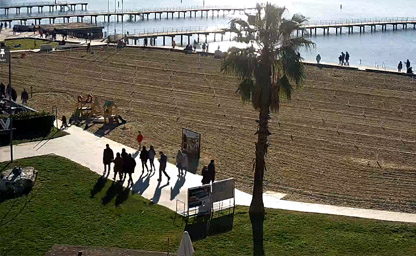
Portorož is a popular place for work, relaxation and fun
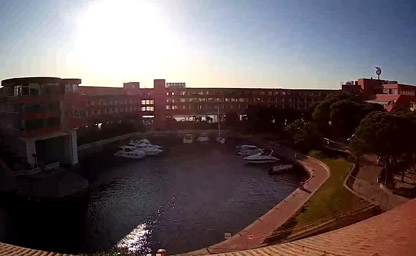
Old town centres, beaches and the entire coast offer unforgettable experiences
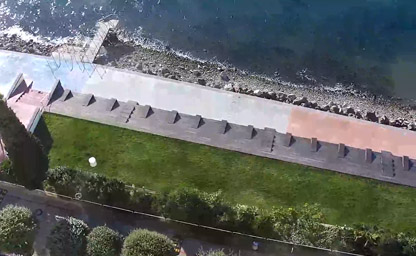
Check the webcams from Portoroz, Piran, San Simon bay or the saltpans of Secovlje
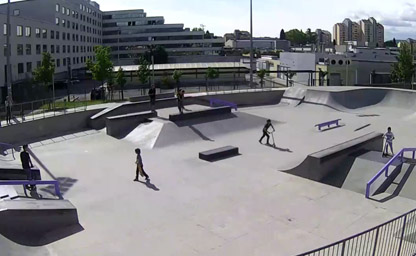
Street course manual pads, street course rails and hubba ledge and skull bowl and combi bowl
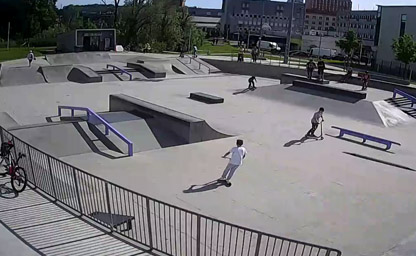
Shallow end flow course, flow zone and street course quarter pipes
Slovenia, nestled in the heart of Europe, is a country known for its breathtaking landscapes, rich cultural heritage, and warm hospitality. In recent years, the rise of technology has allowed us to explore the wonders of Slovenia through live webcams, offering a real-time connection to its beauty.
One of Slovenia's most iconic destinations is Lake Bled, a mesmerizing emerald gem surrounded by the Julian Alps. Live webcams positioned around the lake provide a virtual window into its tranquility. Watch as the sunlight dances on the surface of the water, reflecting off the medieval Bled Castle perched on a hill overlooking the lake.
As you immerse yourself in the live feed, you'll witness the beauty of the island in the middle of the lake. The pilgrimage church dedicated to the Assumption of Mary stands proudly, accessible only by traditional wooden boats known as pletnas. The live webcam captures the timeless allure of this scene, allowing viewers to appreciate the natural and cultural wonders of Lake Bled.
The capital city, Ljubljana, is a vibrant hub of culture and history. Live webcams strategically placed in key locations offer a dynamic view of the city's streets, squares, and landmarks. Marvel at the blend of Baroque and Habsburg architecture as you virtually stroll through Preseren Square, dominated by the iconic Triple Bridge and the pink facade of Franciscan Church.
Throughout the day, witness the ebb and flow of life in Ljubljana – from the bustling markets to the serene moments along the Ljubljanica River. These live webcams provide a unique perspective, capturing the essence of a city that seamlessly combines tradition with a modern, lively atmosphere.
For those seeking a taste of Slovenia's unspoiled wilderness, the live webcams in the Julian Alps offer a breathtaking journey. Explore the Triglav National Park virtually, where rugged peaks, alpine meadows, and pristine lakes create a tapestry of natural beauty. Whether it's the majestic Triglav, the highest peak in Slovenia, or the picturesque Lake Bohinj, the live feeds allow you to escape into the tranquility of the mountains.
Watch as the seasons change, painting the landscape with a palette of colors. In winter, witness the snow-covered peaks and the joyous activities of skiers. In summer, the alpine flowers bloom, and the hiking trails come alive. These live webcams serve as windows into the ever-changing, yet timeless, beauty of the Julian Alps.
Beyond the landscapes and urban scenes, live webcams in Slovenia offer a glimpse into the warmth and hospitality of its people. From local markets and festivals to the welcoming faces in the streets, these cameras capture the heart and soul of Slovenian culture. Take a virtual stroll through charming villages, where tradition meets modernity, and experience the genuine friendliness that defines the Slovenian spirit.
In conclusion, live webcams in Slovenia provide an immersive and captivating way to explore this hidden European gem. Whether you are drawn to the tranquil waters of Lake Bled, the lively streets of Ljubljana, the untamed beauty of the Julian Alps, or the welcoming embrace of Slovenian hospitality, these live feeds offer a unique perspective, allowing you to experience the beauty of Slovenia in real-time from wherever you are.
Slovenia's history is deeply intertwined with the broader European narrative, spanning ancient civilizations, medieval developments, and modern nationhood. The region that is now Slovenia was first inhabited in prehistoric times, with archaeological evidence such as the Divje Babe flute, believed to be the oldest known musical instrument in the world. By the Roman era, the area became part of the Roman province of Noricum, a critical link between the Alps and the Balkans. Ancient Roman cities such as Emona (modern-day Ljubljana) served as vital centers for trade and administration.
Following the decline of the Roman Empire in the 5th century, the region saw invasions and settlements by various tribes, including the Slavs in the 6th century. The Slavs established the independent principality of Carantania, considered one of the earliest Slavic states in Europe. Over time, Carantania was absorbed into the Frankish Empire under Charlemagne, bringing with it a gradual process of Christianization.
During the medieval period, Slovenia's territories became part of the Holy Roman Empire, with the influential Habsburg dynasty assuming control by the 14th century. This period marked the beginning of centuries-long Habsburg rule, which would shape much of Slovenia's cultural and political development. Under the Habsburgs, Slovenia remained a predominantly rural and agrarian society, with notable cities like Ljubljana and Maribor emerging as cultural and economic hubs.
The 19th century brought significant change, fueled by the Napoleonic Wars and the subsequent establishment of the Illyrian Provinces. Although this French administration was short-lived, it laid the groundwork for Slovenian national consciousness. By the late 19th century, Slovenia was swept up in the broader nationalist movements of Europe, advocating for greater autonomy within the Austro-Hungarian Empire.
World War I and the collapse of Austro-Hungary in 1918 led to Slovenia's inclusion in the Kingdom of Serbs, Croats, and Slovenes, later renamed Yugoslavia. The interwar years were marked by cultural flourishing and political challenges. World War II brought occupation by Axis powers, but it also galvanized resistance movements, including the Partisan forces led by Josip Broz Tito.
Post-war Slovenia became one of the six republics of socialist Yugoslavia. This period saw industrialization, urbanization, and relative autonomy compared to other Eastern Bloc countries. By the late 20th century, the winds of change were sweeping through Europe, and Slovenia declared independence from Yugoslavia in 1991 after a brief 10-day war. Since then, Slovenia has grown into a modern democratic state, joining the European Union and NATO in 2004.
Slovenia boasts a diverse climate, a result of its unique geographical position at the crossroads of the Alps, the Mediterranean, and the Pannonian Plain. The country's climate can be broadly categorized into Alpine, Mediterranean, and Continental zones.
The Alpine climate dominates the northwestern part of Slovenia, where majestic peaks like Triglav, the nation’s highest mountain, create cooler temperatures and abundant snowfall in winter. This region is a haven for winter sports enthusiasts, with ski resorts like Kranjska Gora and Vogel attracting visitors from around the world. Summers in the Alps are mild and ideal for hiking, with lush green meadows and crystal-clear mountain streams providing a picturesque backdrop.
In the southwestern region, the Mediterranean climate brings warm, dry summers and mild, wet winters. Coastal towns like Piran and Portorož enjoy sunny weather, making them popular destinations for beachgoers and history buffs alike. The Mediterranean influence extends slightly inland, where vineyards and olive groves thrive in the Karst region.
Central and eastern Slovenia experience a Continental climate, characterized by hot summers and cold winters. This zone encompasses the capital city, Ljubljana, which sees distinct seasons. Spring and autumn are particularly pleasant, with moderate temperatures and vibrant foliage. This climatic diversity ensures that Slovenia offers something for every type of traveler, regardless of the season.
Slovenia’s geography is nothing short of breathtaking, with a landscape that packs an extraordinary variety into a compact area. Covering just over 20,000 square kilometers, Slovenia is one of Europe’s smallest countries, yet it is incredibly diverse, earning it the nickname "Europe in Miniature."
The northwestern part of the country is dominated by the Julian Alps, home to Triglav National Park and Lake Bled, two of Slovenia’s most iconic natural attractions. This region features towering peaks, deep valleys, and glacial lakes, making it a paradise for outdoor enthusiasts. The Soča River, with its emerald-green waters, is a favorite for kayaking, rafting, and fishing.
Moving southward, the Karst region is famous for its unique topography, including limestone caves and underground rivers. Postojna Cave and Škocjan Caves, both world-renowned, attract thousands of visitors annually and offer a glimpse into Slovenia’s subterranean wonders. The Karst plateau also supports a network of vineyards that produce robust red wines, most notably the Teran variety.
The eastern and northeastern parts of Slovenia are characterized by rolling hills and fertile plains, forming the heartland of the country’s agricultural and wine-producing regions. The Drava and Mura Rivers wind their way through this landscape, supporting traditional crafts and cultural heritage sites. Towns like Ptuj, Slovenia’s oldest city, offer a blend of history and pastoral charm.
Slovenia’s coastline, though modest at just 46 kilometers, is incredibly scenic. The Adriatic coast is dotted with quaint towns like Piran, where Venetian architecture and Mediterranean vibes create a unique cultural blend. The nearby Sečovlje Salina Nature Park showcases traditional salt-making practices and rich biodiversity.
Central Slovenia, where the capital Ljubljana is located, serves as the cultural and economic heart of the country. The Ljubljanica River winds through the city, flanked by vibrant cafes, historic buildings, and the imposing Ljubljana Castle perched on a hill. This region bridges the diverse landscapes of Slovenia, connecting its mountainous north, Mediterranean southwest, and fertile east.
Slovenia’s commitment to environmental conservation is evident in its extensive network of protected areas and sustainable tourism initiatives. Nearly 60% of the country is covered by forests, making it one of the greenest nations in Europe. This natural wealth, combined with its geographical diversity, ensures that Slovenia remains a top destination for eco-conscious travelers.
For those exploring Slovenia, a lesser-known but fascinating fact is that the country has over 10,000 caves, including the world-famous Postojna and Škocjan caves. However, even more remarkable is the Predjama Castle, a Renaissance fortress built directly into a cliff, offering an extraordinary blend of natural and architectural beauty. Next time you visit, don’t miss the chance to explore this marvel, where history and geography converge in a dramatic setting.